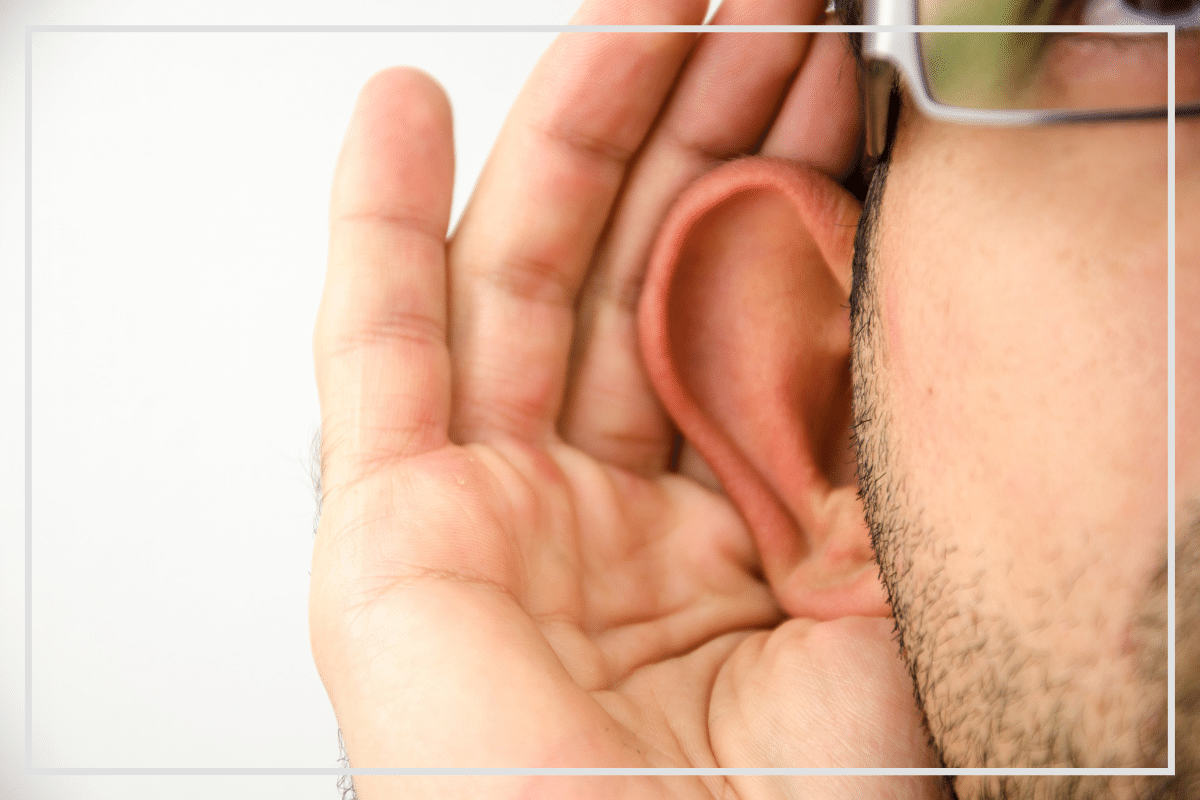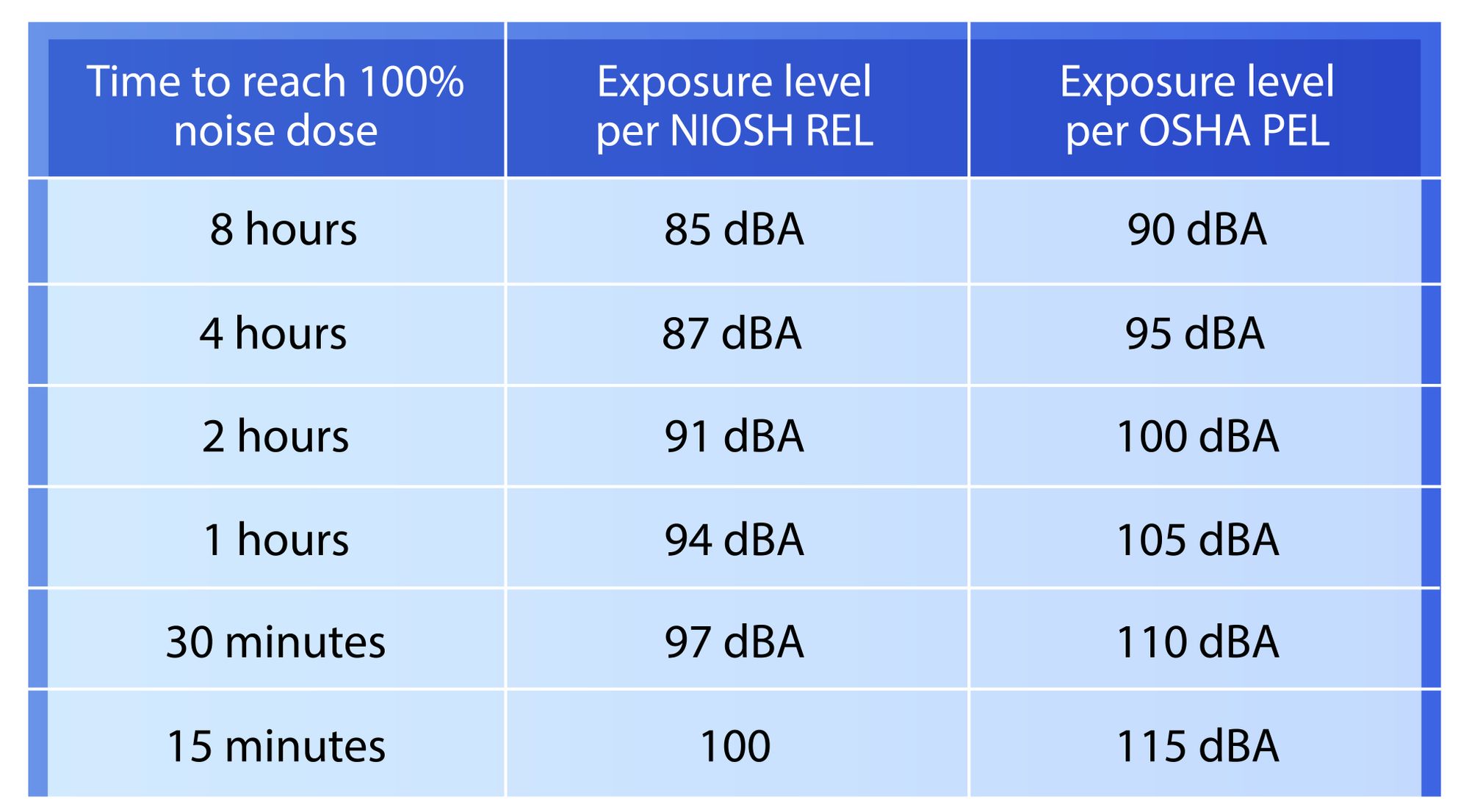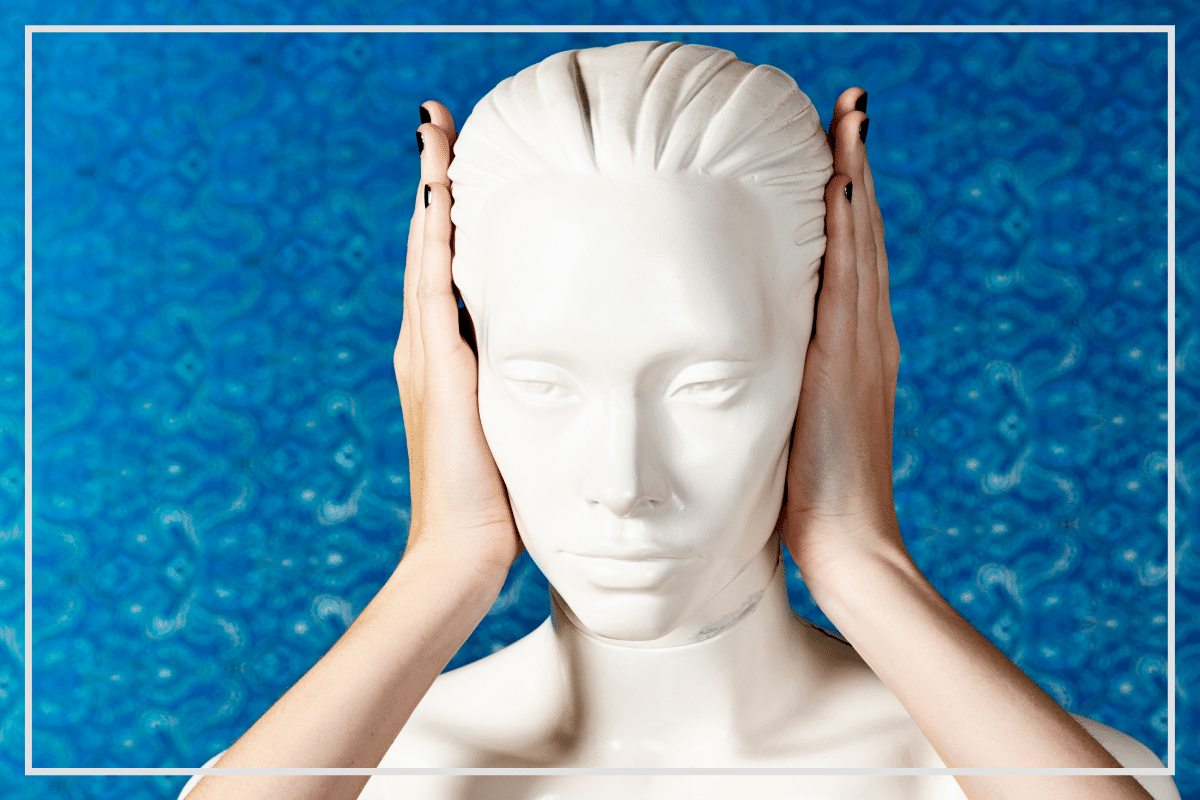- How Many Decibels Can A Human Hear
1.1 What is the lowest decibel a human can hear
1.2 What is the highest sound a human can hear in decibels - The Human Hearing Range - What Can You Hear
2.1 Loudness and pitch - Hearing Ranges For People With Hearing Loss
- How Many Decibels Can A Human Hear Without Damaging
- When Can Noise Damage Your Hearing
- How To Protect Yourself From A Hearing Loss
- Test Your Hearing With Decibel Pro App
In this post, we’ve lined up everything you need to know about the maximum decibel level a human can hear and how many decibels it takes to damage your hearing.
How Many Decibels Can a Human Hear?
A human can normally hear sounds between 0 and 130 dB.
0 decibels represent the human hearing or auditory threshold (the level we can start hearing sounds from). 130 dB is the pain threshold (the maximum level of sound we can hear without feeling intense pain and instantly damaging our hearing).
Within the 0-130 dB range, we can hear any sounds from rustling leaves, to people talking, and birds singing or music playing. However, sounds starting from 80 dB can be harmful and from 110 dB up they can cause discomfort and irreversible damage.
The figure below shows the decibel level of common sounds humans can hear. Decibel levels marked in green are safe for human hearing, while the ones in red are damaging to our ears.
As for how humans can hear, that is possible thanks to the inner ear and the cochlea.
The cochlea is the sensory organ of hearing and part of the inner ear. The cochlea captures sound waves in the form of vibrations and transmits them to the brain in the form of nerve impulses to be interpreted.
Two units are used for measuring human hearing. They are the “Decibel” and the “Hertz”.
The decibel measures the sound pressure levels. The higher the sound pressure level is, the louder the sound. The hertz describes the frequency or pitch of a sound. It represents a sound’s number of vibrations per second. For example, 30 hertz represents 30 vibrations/second.
What Is the Lowest Decibel a Human Can Hear?
The lowest decibel a human can hear is 0 dB. In some exceptional cases, humans can hear sounds down to -15 dB.
0 dB sounds are very soft and barely perceivable by the human ear. To understand just how soft, imagine that a whisper is 30 dB and 30 dB is 1,000 times louder than a 0 dB sound.

What Is the Highest Sound a Human Can Hear in Decibels?
The highest sound a human can hear in decibels is about 130-140 dB.
While we may be able to hear sounds above this level, it is highly unrecommended that we expose ourselves to them. Sounds above 130 dB can cause intense pain in the ears and immediate and irreversible hearing damage.
The Human Hearing Range – What Can You Hear?
Humans can hear decibel levels between 0 dB (the hearing threshold) and 130 dB (the pain threshold) and sound frequencies between 20 Hz and 20,000 Hz or 20 kHz.
Sounds under 20 Hz are known as infrasounds and sounds above 20 kHz are known as ultrasounds.
Loudness and Pitch
What a human can hear and how well they can hear depends on how good the person’s hearing is and on the sound’s pitch and loudness.
A sound’s loudness is measured in decibels. The more decibels a sound is, the louder we perceive it.
As for pitch, the human audible range is between 20 Hz and 20 kHz. Our hearing works best for sounds in the middle frequency range (1-5 kHz) and its sensitivity changes at each frequency. This means that the closer a sound frequency is to the upper and lower limits of our perception, the harder it is for us to hear that sound.
Hearing Ranges for People with Hearing Loss
For people with hearing loss or hearing impairment, the answer to ‘How many decibels can a human hear?’ changes.
The hearing ranges for people with hearing loss are:
- Normal hearing: loss of up to 20 decibels
- Mild hearing loss: loss of 20 to 40 decibels
- Moderate hearing loss: loss of 41 to 60 decibels
- Severe hearing loss: loss of 61 to 80 decibels
The first stage of hearing damage usually causes one to become unable to hear higher-pitched sounds. Subsequently, the later stages can affect one’s sensitivity to both lower and higher-pitched tones and then lead to a partial or complete inability to hear.
Hearing impairment and hearing loss can be:
- gradual or immediate
- temporary or permanent
- caused by illness or trauma
- caused by exposure to extremely loud impulse noises or by long-term exposure to high decibel levels
To determine the level of hearing loss a person is suffering from, hearing professionals perform hearing tests. Then, they read the results of the test as they appear on the audiogram and recommend the best course of action. This can include:
- surgical procedures
- hearing aids
- cochlear implants
How Many Decibels Can a Human Hear Without Damaging Their Hearing?
For noisy workplaces, the maximum decibel level a human can hear without damaging their hearing is considered to be 85 decibels, calculated as an average over an 8-hour period.
For general environments, the maximum decibel level a human can hear without damaging their ears over a 24-hour period is considered to be 70 decibels. According to the Environmental Protection Agency, this 24-hour exposure limit can significantly decrease the risk of hearing loss.
The World Health Organization Guidelines for Community Noise also recommend people not expose themselves to noise levels above 70 decibels over a period of 24 hours.
When Can Noise Damage Your Hearing?
Noise can damage your hearing if you are exposed to high decibel levels (above 85 dB) for over 8 hours or if you are exposed to extremely high decibel levels for a very short period.
Sounds above 85 dB are considered harmful to human hearing and can cause hearing damage or hearing loss.
Normal sounds like that of a person talking, which is about 60-70 decibels, are considered safe for human hearing no matter how long you are exposed to them. However, there are many day-to-day sounds that can exceed the recommended limit.
Here are a few examples:
- Road traffic- 80 dB
- Industrial or construction site noise- 100 dB
- Power tools – 100-110 dB
- Music at a concert or at maximum volume on headphones connected to a music system – 110-120 dB
- Nearby thunder- 120 dB
- Jet engine- 140 dB
The figure below shows the recommended maximum exposure time for each decibel level:

How to Protect Yourself from Hearing Loss
The best ways to protect yourself from hearing loss are:
- Always use hearing protection when noise levels exceed recommended levels (earplugs, earmuffs)
- Distance yourself from the source of the loud noise
- Give your ears a break regularly (for example, take a break every 60 minutes when listening to loud music)
Test Your Hearing with the Decibel Pro App
Decibel Pro is a sound-level meter app. It is ideal for easily and conveniently measuring the noise levels you are exposed to on a day-to-day basis and for avoiding excessive exposure. Decibel Pro also comes with a reliable hearing test that you can take regularly and identify any hearing damage early on.
On top of this, Decibel Pro also comes with a noise dosimeter that can record your daily noise dose and alert you when you are in danger of exceeding safe limits.
You can download Decibel Pro by going to the AppStore and downloading it to your iPhone or iPad.
To learn more about the Decibel Pro app, click here.



